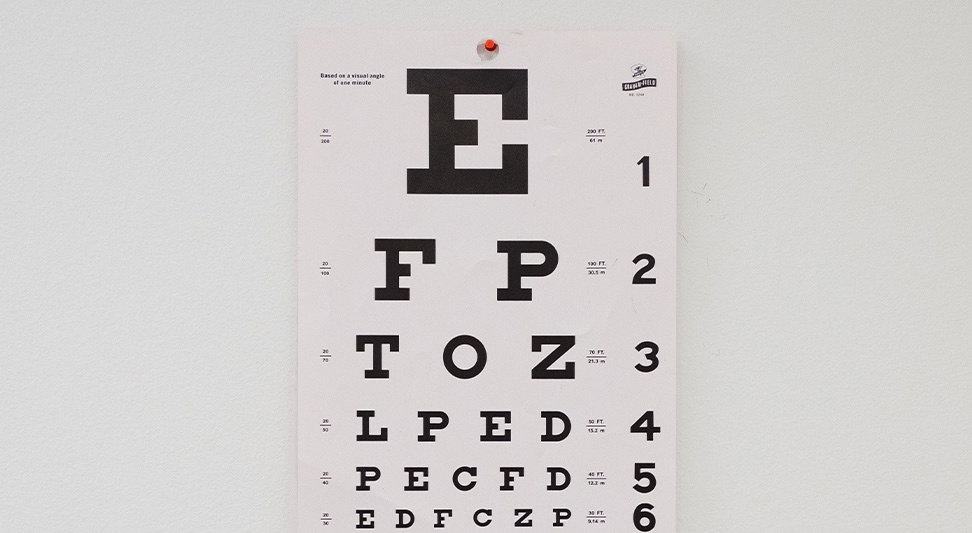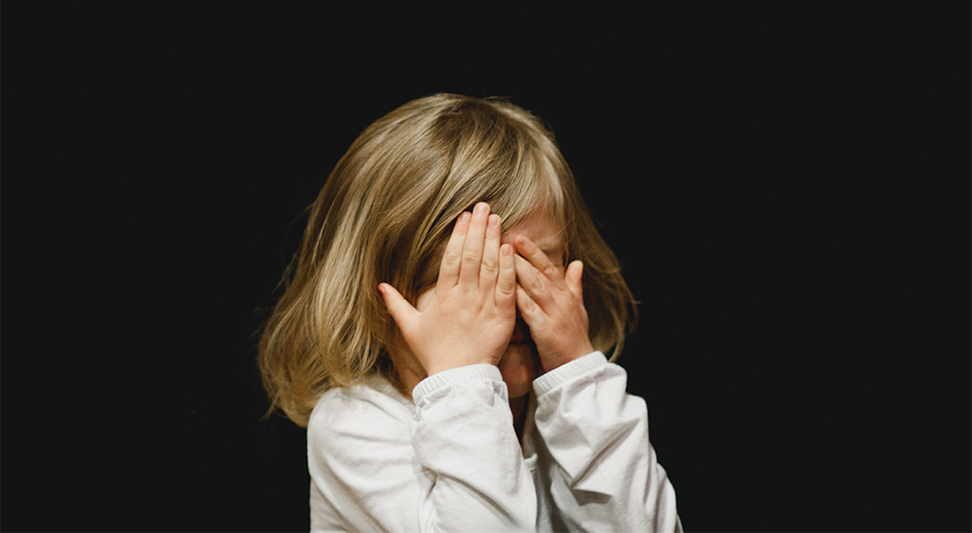August is that magical time of year all parents love and most children dread – it’s Back to School Time! It’s also Children’s Eye Health and Safety Month, which is the ideal time to think about your children’s eyes.
Kids are affected in school if they struggle with poor vision. Not only does poor eyesight make it difficult to see the material being taught, but it also contributes to behavioral problems and learning difficulties.
Ensure your child is prepared for the school year with a comprehensive eye exam.
What Is a Comprehensive Eye Exam?
A comprehensive eye exam differs from a simple vision screening. When your child goes to their family pediatrician, they probably get a brief vision screening designed to detect any immediate problems with eyesight. There is a place for pediatric screenings, but school-aged children benefit from a full eye exam. There are ocular and eye health issues that pediatric doctors are not equipped to diagnose, and they don’t have the equipment to perform these types of tests.
An optometrist performs a comprehensive eye exam. They will be able to determine the overall health of your child’s eyes. Through this exam, they can catch and resolve any problems early on. The sooner you find solutions to an eye or vision problem, the quicker your child will be able to succeed in school.
Common Signs of Eye or Vision Issues
You may notice that your child is showing signs or symptoms of an eye problem, without realizing they’re an indication of an issue with their eyes or vision. These signs can be physical and/or behavioral.
Physical Signs
Your child’s eye may look unusual, which could indicate a problem. This could include:
- Eyes appear uneven or crossed
- Eyelids look red, puffy, or crusty
- Eyes are often watery
You may notice your child:
- Squinting often
- Blinking rapidly or more than normal
- Closing one eye or covering an eye
- Rubbing their eyes
- Turning their head to one side when looking at something
- Having difficulty reading things up close
Your child may even tell you that:
- Their eyes itch
- They can’t see
- Things are blurry
- They see double
- They get frequent headaches or experience dizziness
Behavioral Signs
Behavioral signs are common too. These include:
- Difficulties reading or avoiding reading
- Short attention span
- Poor hand-eye coordination
- Poor directional skills

Eye Exam Guidelines Based on Age
Different eye exam guidelines are appropriate for different ages. Here is a breakdown of what exam your child should have at certain milestones:
Newborns: A doctor will test your newborn’s eyes with a “red reflex” test. If it indicates a problem, they will refer you to see a specialist. In addition, they will do a blink and response test.
6 to 12 months: The pediatrician can screen the child for noticeable problems, using the tests above as well as visually inspecting the eye and checking for even eye alignment.
1 to 3 years old: A doctor performs a photoscreening test, which detects any abnormalities.
3 to 5 years old: If your child can read an eye chart, the doctor will screen for vision problems. They’ll also check eye alignment again. The doctor will give a referral if any issues are detected.
5 years old and up: Children are screened regularly for vision problems and misaligned eyes.
Statistics on Vision Issues in School-Aged Children
If you’re wondering how common eye and vision issues are for school-aged children, take a look at these eye-opening statistics provided by Prevent Blindness, the nation’s leading volunteer eye health and safety organization dedicated to fighting blindness and saving sight:
- Almost 3% of children under 18 are considered blind or visually impaired. This is defined as someone who still cannot see or see well, even when wearing glasses or contacts.
- About 2% of children aged 6 to 72 months have amblyopia. Most people refer to this condition as “lazy eye,” but it is one of the most common causes of vision loss in children.
- Between 2-4% of children younger than 6 years old have strabismus. This is a misalignment of the eyes that may result in amblyopia.
- 4% of children between 6 to 72 months of age are nearsighted. The technical term for this is myopia.
- 9% of children between 5 to 17 years old have myopia.
- 21% of children 6 to 72 months of age are farsighted. Hyperopia is the technical term for this condition.
- 13% of children ages 5 to 17 years have hyperopia.
- 15-28% of children ages 5 to 17 years old have astigmatism. This condition is an irregularity of the cornea but can lead to myopia or hyperopia if not corrected.

Common Eye Problems
Children can experience refractive errors or non-refractive eye problems. A refractive error refers to a vision problem that reduces the child’s ability to see well. Non-refractive eye problems are eye health issues resulting from an eye disease, illness, or injury. The treatment approach for each will be different.
Refractive Eye Problems
- Nearsightedness
- Farsightedness
- Astigmatism
- Amblyopia (lazy eye)
- Strabismus (crossed eye)
Non-Refractive Eye Problems
- Cataract
- Glaucoma
- Retinoblastoma (cancer of the retina)
- Pink eye
- Eyestrain
- Contact lens infections
- Sports and playground injuries
Some non-refractive eye problems can be avoided. For example, a child can reduce eyestrain, which is usually a result of looking at computer screens too long, by making sure they take regular breaks from the screen. Rest the eyes every 20 minutes while using the computer.
Children’s Health and Safety Month… and Beyond
Vision and eye problems are not uncommon in school-aged children. Good vision is instrumental to reading and learning. If a child is struggling with any aspect of their vision, it will affect the learning process. They may not be able to see the material the teacher is writing on the board, or they may suffer from headaches, dizziness, or blurry vision.
All of these factors can contribute to a poor learning environment for your child and discourage active participation in the classroom. Correcting the problem as early as possible will ensure they have a better learning experience in school.
Take the first step this month during Children’s Eye Health and Safety Month and schedule your child’s comprehensive eye exam so they can have the best school year possible!

